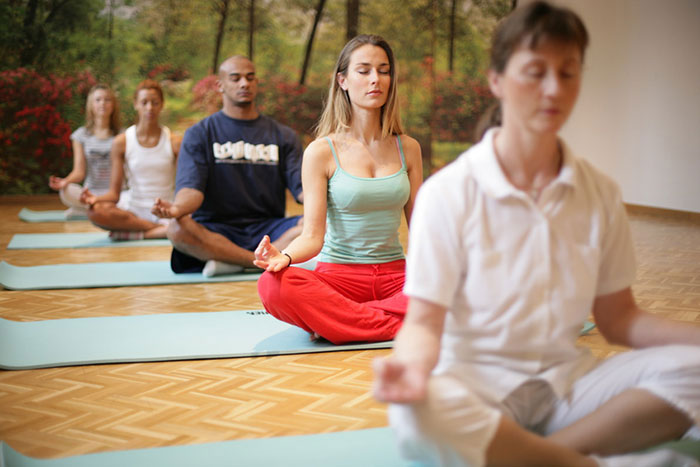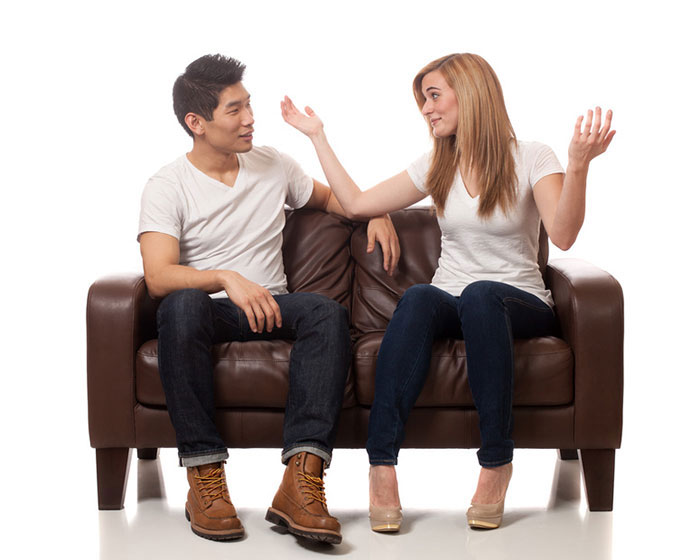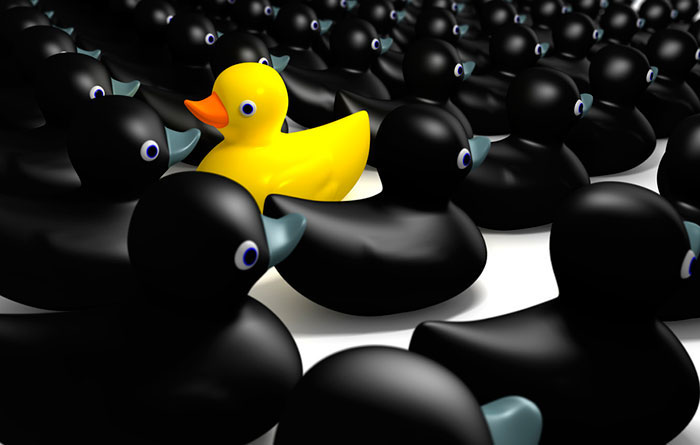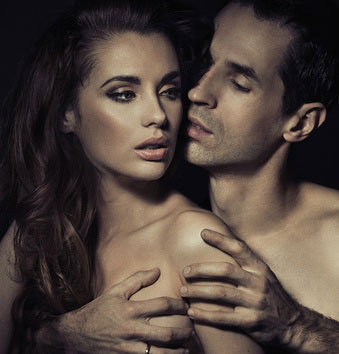Meditation: you’ve probably heard a bit about it.
It’s a mind-bendingly powerful activity, with benefits of stress
reduction, clarity of vision and focus, and even increased (sometimes
dramatically so) levels of happiness. It’s key to successful visualization, and once you’re
good at it you gain a degree of conscious control over your thoughts
and feelings that all but eradicates things like depression and anxiety.
But if you’re anything like me before I
learned something of meditation, the wall of information greeting you
at your first foray into the topic is a major obstacle to getting
started.

I would ask myself, “What should
I learn about? What meditations are best? What do I gain by the
different types?”
And so on and so forth... and, unable to accurately answer these
questions buffeted about as I was by tidal waves of information in the
meditation how-to sea, I’d end up not really getting much of anywhere
with it.
It wasn’t till I met a man who simplified the process, directed me
towards some Western literature on the topic and taught me of the most
important facet of meditation, that I felt I knew where to go with my
own meditation.
I’m going to pass that direction onto you today.
Now, what this article won’t
do is lead you to nirvana-like enlightenment. It won’t
lead you to an understanding of the different schools of meditation,
their history and chief aims. Those are things you can explore yourself
if interested as you get deeper in.
Rather, this article will equip you
with enough knowledge to stimulate that most important facet of
meditation, the “relaxation response”, which you can access
immediately upon meditating.
Understanding how to elicit the “relaxation response” in yourself
has
all kind of benefits, from better health to a better ability able to
get yourself prepped emotionally in ways that’ll help you get women...
and we’ll go into all of these below.








 Physical escalation is how you take things from platonic
to sexually
loaded and heaving with desire and anticipation with a girl, often in a
short span of time. Escalation is often all the difference between
being a girl’s friendly guy pal and being her lover.
Physical escalation is how you take things from platonic
to sexually
loaded and heaving with desire and anticipation with a girl, often in a
short span of time. Escalation is often all the difference between
being a girl’s friendly guy pal and being her lover. I don't talk
much
about neuro-linguistic programming on here because it's a little less
intuitive a topic, its effects are often
difficult to discern, and you require a certain way about yourself to
really pull much of NLP off to good effect (i.e., a very calming,
soothing, entrancing manner).
I don't talk
much
about neuro-linguistic programming on here because it's a little less
intuitive a topic, its effects are often
difficult to discern, and you require a certain way about yourself to
really pull much of NLP off to good effect (i.e., a very calming,
soothing, entrancing manner). Before
stumbling into the world of pickup in late 2005, I'd never used the
1-to-10 scale. Maybe that's because I didn't really have friends; I
wasn't comparing notes on girls. Or maybe it was because I wasn't
trying to impress anyone by telling him I'd nailed a "total 10."
Before
stumbling into the world of pickup in late 2005, I'd never used the
1-to-10 scale. Maybe that's because I didn't really have friends; I
wasn't comparing notes on girls. Or maybe it was because I wasn't
trying to impress anyone by telling him I'd nailed a "total 10."

 Last month I shared a report that doubled as a how-to on
getting
threesomes ("
Last month I shared a report that doubled as a how-to on
getting
threesomes ("
